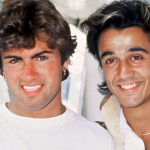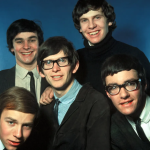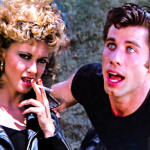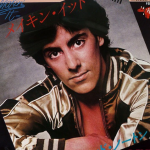“Boys Don’t Cry”-The Cure’s

The Cure’s “Boys Don’t Cry”: An Anthem of Vulnerability and Emotional Repression
Released in 1979 as a single and later reissued in 1986, The Cure’s “Boys Don’t Cry” remains one of the band’s most iconic and beloved songs. Written by frontman Robert Smith, the song helped establish The Cure’s reputation in the post-punk and new wave movements. Despite its upbeat tempo and jangly guitars, “Boys Don’t Cry” addresses themes of emotional repression, vulnerability, and the societal expectations placed on men to suppress their feelings. The song is both a catchy pop track and a profound commentary on the complexities of masculinity and emotional expression.
Musically, “Boys Don’t Cry” is built around a bright and energetic guitar riff, complemented by a simple but effective rhythm section. The song’s melody is infectious, and its straightforward structure makes it instantly accessible to listeners. The production is relatively sparse, reflecting the DIY aesthetic of the post-punk era, but this minimalism allows the song’s emotional core to shine through. Robert Smith’s distinctive vocals are both plaintive and matter-of-fact, perfectly capturing the tension between outward stoicism and inner turmoil.
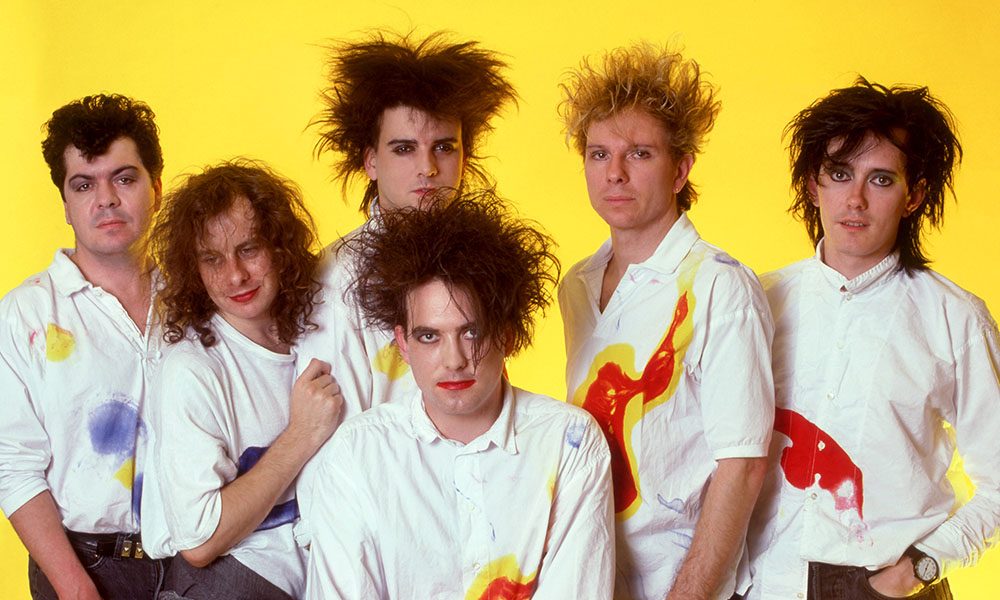
Lyrically, “Boys Don’t Cry” tells the story of a man grappling with heartache and regret, yet feeling unable to openly express his emotions. The song’s protagonist admits to making mistakes in a relationship and feeling deep sorrow over the loss, but he also acknowledges that he cannot show his true feelings. The refrain, “I try to laugh about it, hiding the tears in my eyes, ‘cause boys don’t cry,” underscores the central theme of the song: the pressure placed on men to hide their emotions and maintain a façade of strength, even when they are struggling internally.

The phrase “boys don’t cry” is loaded with cultural significance, as it reflects the traditional gender norms that dictate how men are expected to behave. In many societies, men are taught from a young age that showing vulnerability or sadness is a sign of weakness, and that they must remain stoic in the face of emotional pain. This expectation can lead to a profound sense of isolation, as men may feel unable to express their true feelings for fear of being judged or ridiculed. “Boys Don’t Cry” critiques this notion by exposing the emotional toll that repression can take.
What makes “Boys Don’t Cry” particularly powerful is the way it juxtaposes upbeat music with melancholic lyrics. On the surface, the song sounds like a cheerful pop tune, with its lively guitars and catchy melody. However, beneath the surface lies a deep sense of sadness and frustration, as the protagonist struggles to cope with his emotions. This contrast between sound and meaning adds depth to the song, making it more than just a simple pop track—it becomes a commentary on the disconnect between outward appearances and inner feelings.
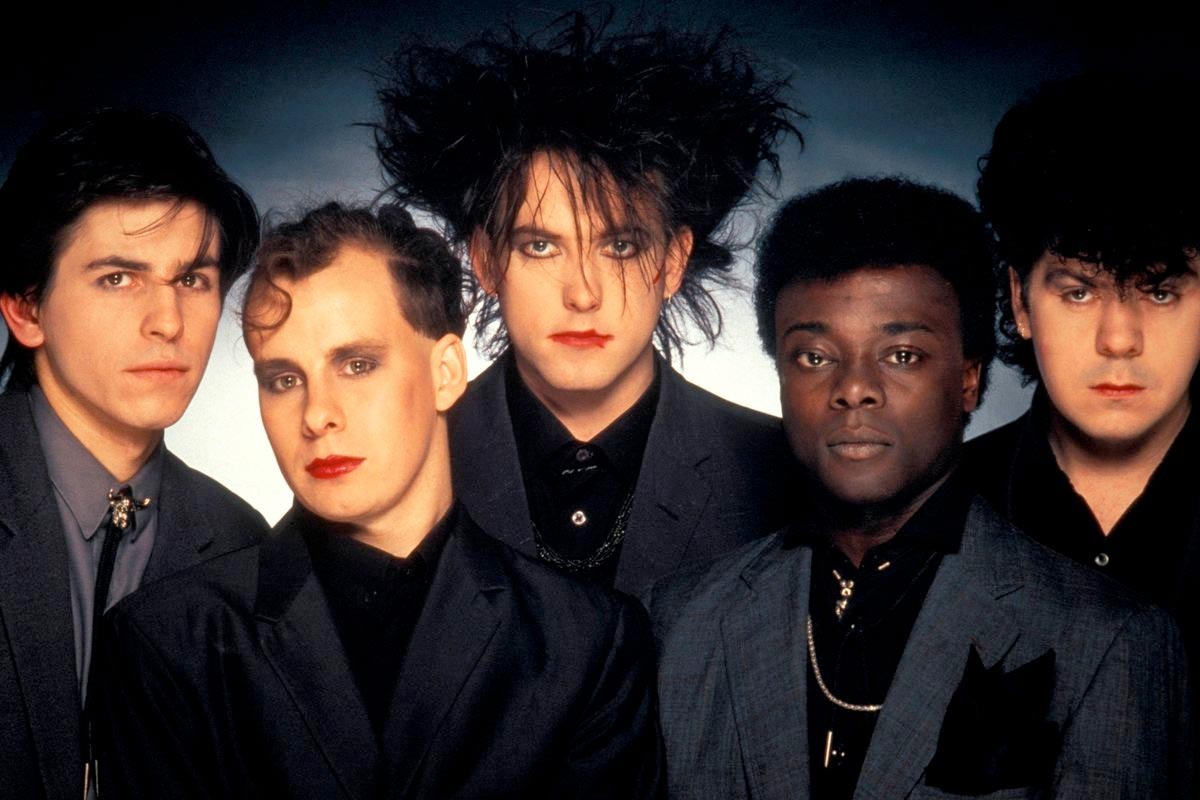
The Cure’s ability to blend pop sensibilities with darker, more introspective themes is one of the reasons why they became such a defining band of the post-punk era. “Boys Don’t Cry” exemplifies this approach, as it tackles complex emotional issues while remaining musically accessible. The song’s exploration of gender roles and emotional repression was also ahead of its time, as it questioned traditional norms long before conversations about toxic masculinity and mental health became mainstream.
While “Boys Don’t Cry” may have been released in the late 1970s, its themes remain relevant today. The pressure for men to conform to traditional ideas of masculinity continues to exist, and many men still feel unable to express their emotions freely. The song’s message of vulnerability and the importance of emotional honesty resonates with listeners across generations, making it a timeless anthem of self-expression.
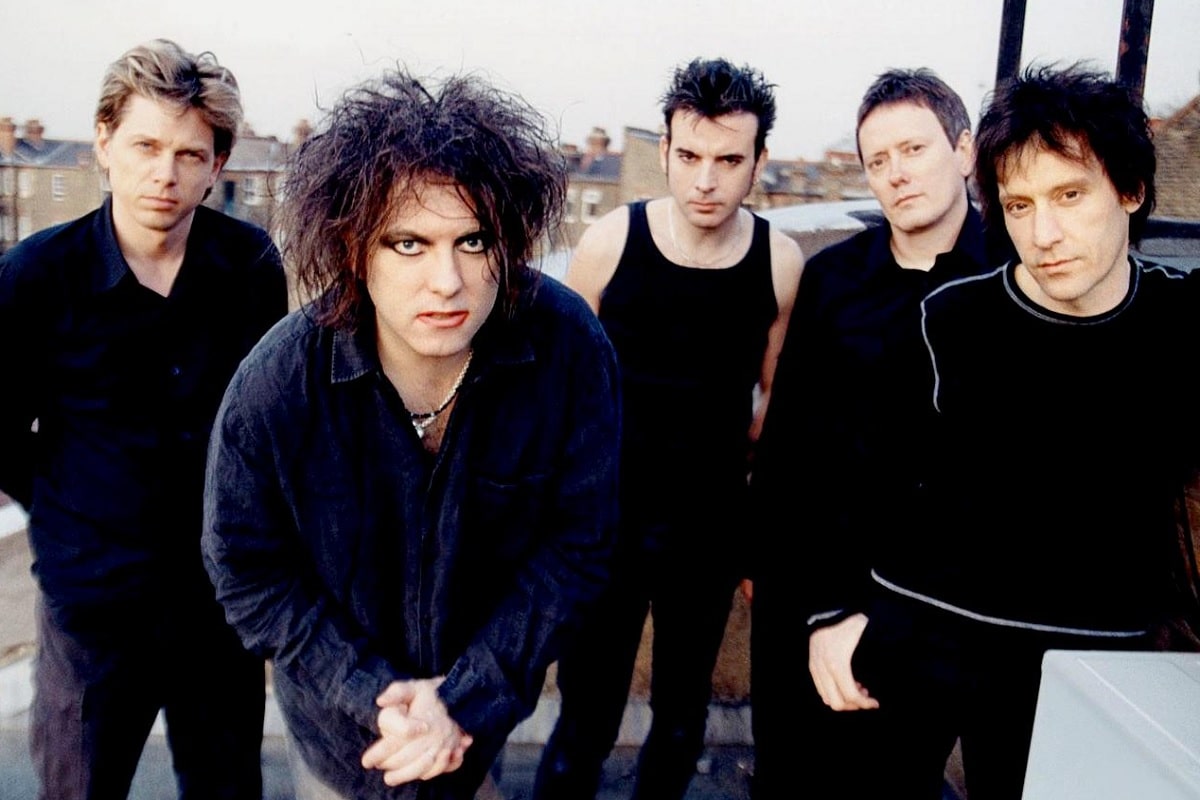
In conclusion, “Boys Don’t Cry” by The Cure is a deceptively simple yet deeply poignant song that explores the complexities of emotional repression and societal expectations of masculinity. Through its catchy melody and introspective lyrics, the song highlights the struggles that many men face in expressing their emotions, challenging the notion that vulnerability is a sign of weakness. Decades after its release, “Boys Don’t Cry” remains a powerful and enduring statement on the importance of emotional honesty and self-acceptance.
